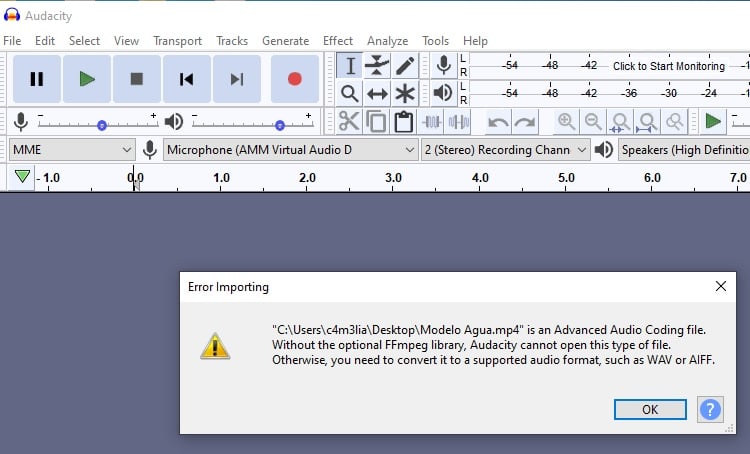

This worked, but as the crisis deepened and it became more of a risk to meet with even a few people, we had to make more changes. We could still have small gatherings, so four of us met Sunday mornings and recorded an abbreviated service using our in-house recorder and doing the upload the usual way. The new wayĪs soon as the first restrictions on large gatherings occurred, we made some changes. Automate everything! I trained a couple of others to perform these tasks using sudo in case I was not available. The recordings are uploaded using a Bash program I wrote for the task. We uploaded the recordings to a special directory of our website so people could download them. To do this, I installed a TASCAM SS-R100 solid-state recorder that stores the sermons as MP3 files on a thumb drive. But our old method of producing recordings for our shut-ins, members who are traveling, and anyone else was to record the sermon portion of our regular, in-person church services and post them on our website. I try not to use the term "normal" now because it is hard to know exactly what that is-if such a state even exists. And if you have any suggestions to help me accomplish my task more easily, please share them in the comments. If you already know Audacity and do things differently or know things that I don't, that is expected. I have learned just what I need to know in order to accomplish my task: combining several separate audio clips into a single MP3 audio file. It is about my experiences getting started with this powerful audio-editing tool, but there should be enough information here to help you get started. This is not a comprehensive how-to article about using Audacity. As the church sysadmin and with some knowledge of audio recording and editing (back in the '70s, I mixed the sound and was the only roadie for a couple of regional folk-rock groups in Toledo, Ohio), I decided to learn the open source audio recording and editing software Audacity to help meet this challenge. And that is what churches do-deliver a specific kind of service.

And, like many other types of organizations, my church had to move quickly to a new service-delivery paradigm.

All of this keeps me busy doing what I like to do, and all of it is usually well within my comfort zone.īut COVID-19 has changed all of that. I also manage my own home network, which is larger than you might think, and my church's network and Linux hosts, and I help a few friends with Linux. Even though I am allegedly retired, I write articles for and Enable Sysadmin and books.

I have worked from home for many years, so that is nothing new to me. In this strange and difficult time of a global pandemic, we are all called upon to do things differently, to change our routines, and to learn new things.


 0 kommentar(er)
0 kommentar(er)
